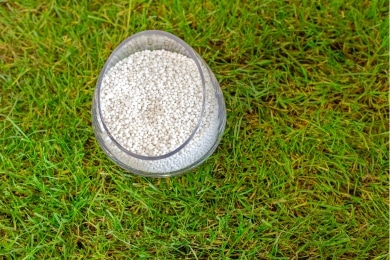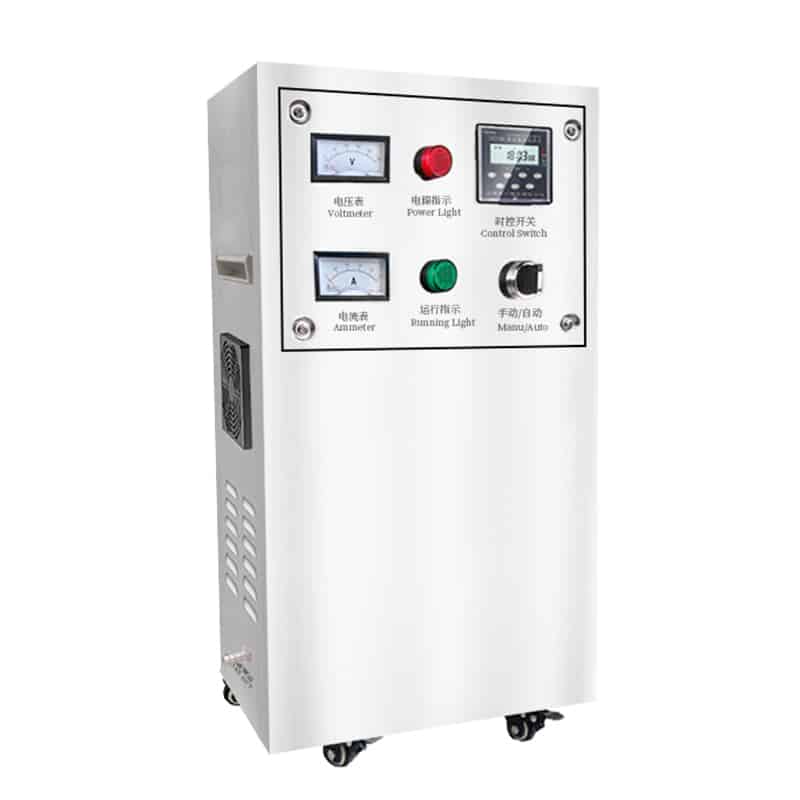Sterilization and disinfection are essential processes in healthcare, water treatment, food safety, and many industrial fields. Though often used interchangeably, these two terms have distinct meanings, purposes, and methods. Understanding their differences is crucial to ensuring safety, compliance, and operational efficiency.
What is Sterilization?
Sterilization is the complete destruction or elimination of all forms of microbial life, including bacteria, viruses, fungi, and spores. This process is typically used in critical settings like medical facilities, laboratories, and pharmaceutical manufacturing where even a single microbe can lead to contamination or infection.
Common Methods of Sterilization:
- Steam Sterilization (Autoclaving): High-pressure saturated steam at 121°C–134°C.
- Dry Heat Sterilization: Hot air ovens at temperatures of 160°C or higher.
- Chemical Sterilants: Use of agents like ethylene oxide gas or hydrogen peroxide vapor.
- Radiation Sterilization: Gamma rays or electron beams, often used in disposable medical tools.
What is Disinfection?
Disinfection reduces or eliminates harmful microorganisms on non-living surfaces but may not kill all spores. It is widely used in households, healthcare environments, and water treatment to reduce the risk of infection or contamination.
Levels of Disinfection
- High-level disinfection: Destroys all microorganisms except high numbers of bacterial spores.
- Intermediate-level disinfection: Effective against mycobacteria, most viruses, and fungi.
- Low-level disinfection: Kills some viruses and bacteria, used for general cleaning.
Common Disinfectants
- Chlorine-based compounds: Often used in drinking water and surface cleaning.
- Alcohols (70% ethanol or isopropanol): Rapid-acting disinfectant for small equipment or surfaces.
- Quaternary ammonium compounds (quats): Used in food service and healthcare.
- Hydrogen peroxide: Broad-spectrum disinfectant, also environmentally friendly.

Sterilization vs Disinfection: Professional Data Comparison Table
| Category | Sterilization | Disinfection |
| Microbial Kill Rate | ≥99.9999% (6-log reduction, including bacterial spores) | Typically 90%–99.999% (2–5 log reduction, may not kill spores) |
| Target Organisms | All microorganisms (bacteria, viruses, fungi, spores, etc.) | Most pathogenic microorganisms (but not all spores) |
| Common Methods | Steam (121–134°C), dry heat, radiation, ethylene oxide gas, hydrogen peroxide vapor, plasma | Chlorine-based agents, alcohol, quaternary ammonium, UV light, ozone, etc. |
| Processing Temperature | High temperature (≥121°C, usually 15–30 min) | Mostly room temperature; some methods 30–60°C |
| Processing Time | Relatively long (15–60 min, depending on the method) | Fast (typically 1–10 minutes) |
| Application Fields | Medical instruments, surgical tools, labware, pharmaceutical and sterile production lines | Drinking water, public surfaces, air disinfection, food equipment, etc. |
| Equipment Cost | High (e.g., autoclaves, radiation systems, EO sterilizers) | Low to moderate (e.g., sprayers, disinfectant lamps, UV sterilizers) |
| Operational Requirements | Professional operators needed; validation required (e.g., chemical/biological indicators) | Easy for daily use; requires concentration and contact time control |
| Chemical Residue Risk | Certain chemical methods (e.g., ethylene oxide) may leave toxic residues | Some disinfectants (e.g., chlorine, quats) may leave chemical residues |
| Environmental Impact | Some methods (e.g., heat, UV) are eco-friendly; some chemical methods require proper disposal | Varies by method; some are eco-friendly (e.g., UV, ozone), some less so |
| Regulatory Standards | Strict standards (e.g., EN 556, ISO 11135) | Regulated by national and international authorities (e.g., EPA, WHO, GB) |
Applications in Water Treatment
In water treatment systems, disinfection is a critical step to ensure water safety. Common methods include:
- Chlorination: Most widely used method for municipal and industrial water.
- UV Disinfection: Physical method that damages DNA of microbes.
- Ozonation: Powerful oxidant, often used in advanced systems.

Sterilization is less commonly applied in large-scale water systems due to cost and practicality but may be used in laboratory-scale water purification or pharmaceutical water systems.
Why Understanding Both Matters
Choosing between sterilization and disinfection depends on your industry, risk level, and operational needs. For example:
- In healthcare, sterilization is necessary for surgical tools, while disinfection suffices for room surfaces.
- In food and beverage, disinfecting surfaces and equipment can prevent contamination and spoilage.
- In water treatment, disinfection protects public health and complies with regulations.
Summary
Understanding the differences between sterilization and disinfection helps ensure proper hygiene, regulatory compliance, and process efficiency. Whether you’re managing a hospital, laboratory, factory, or water treatment facility, selecting the right method based on your specific needs is essential.
KUOSI offers not only disinfection equipment, but also sludge dewatering equipment, sludge conveying equipment, sludge drying equipment, dosing systems, aeration blowers, DAF systems, wastewater screens, grit removal equipment and scrapers. Please contact us for further information.
